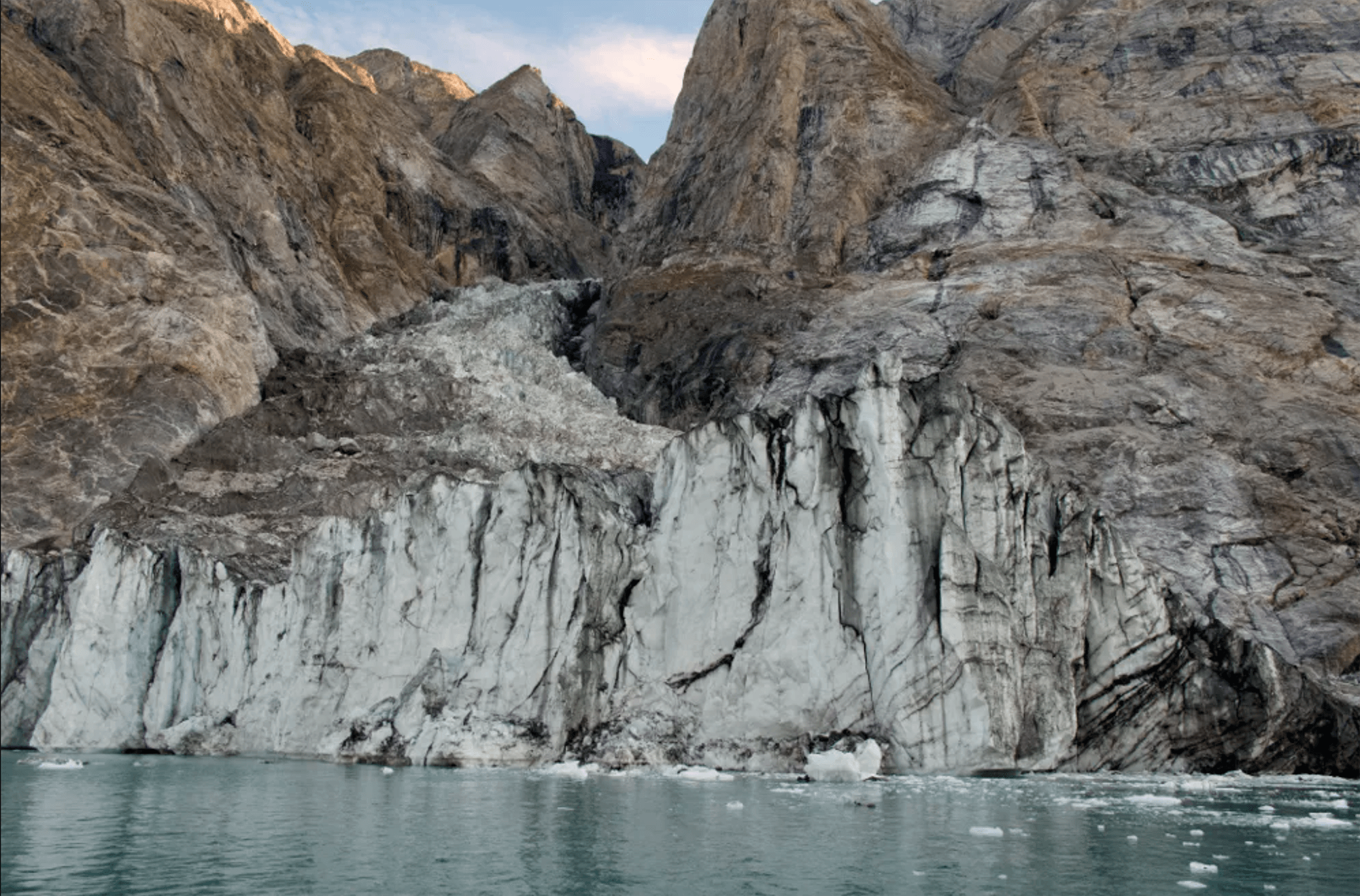
On 16 September 2023, seismometers around the world began ringing, registering a signal that — for 9 days — wobbled back and forth every 92 seconds. A second, similar signal appeared a month later, lasting about a week. Researchers tracked the signal’s origin to a remote fjord in East Greenland, where it appeared a glacier front had collapsed. The falling rocks and ice triggered a long-lasting wave — a seiche — that rang back and forth through the fjord for days.
Simulations showed that a seiche was plausible from a rockfall like the two that caused the seismic signal, but, without first-hand observations, no one could be certain. Now a new study has looked at satellite data to confirm the seiche. Researchers found that the then-new Surface Water and Ocean Topography (SWOT) satellite and its high-resolution altimeters had passed over the fjord multiple during the two landslide events. And, sure enough, the satellite captured data showing the water surface in the fjord rising and falling as the seiche ricocheted back and forth.
It’s a great reminder that having multiple instrument types monitoring the Earth gives us far better data than any singular one. Without both seismometers and the satellite, it’s unlikely that scientists could have truly confirmed a seiche that no one saw firsthand. (Image credit: S. Rysgaard; research credit: T. Monahan et al.; via Eos)



